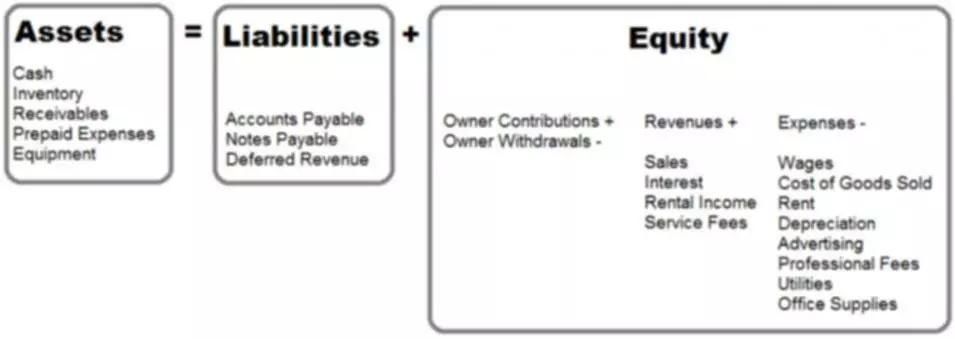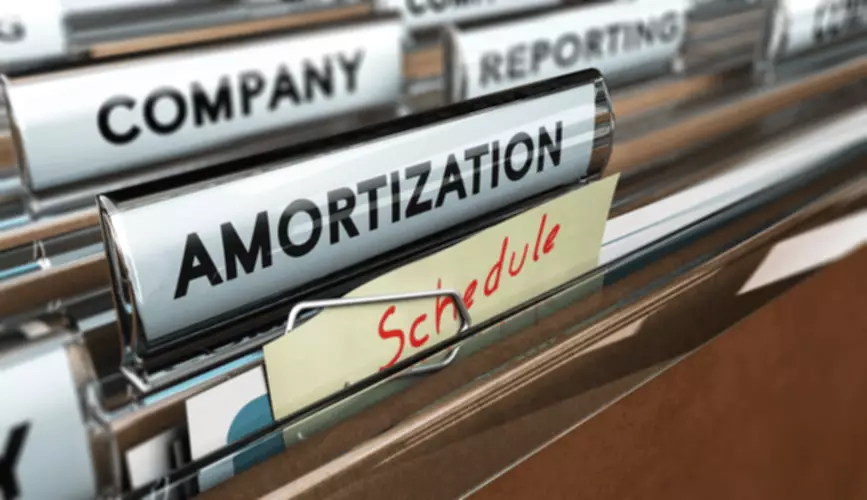Content

To create a balance sheet in your accounting software, go to the reports section and look for financial reports. Since it is a common financial statement, the balance sheet should appear near the top of the list, often right after the profit and loss statement.

This link is formalised in the accounting practice which puts uncovered pension liabilities on the sponsoring firm’s balance sheet. The balance sheets of each of https://www.bookstime.com/ these associations would be the envy of most business undertakings. Preferred stock or common stock which can be converted to common shares are a later date.
Switch to smart accounting. Try Zoho Books today!
Many of these ratios are used by creditors and lenders to determine whether they should extend credit to a business, or perhaps withdraw existing credit. Prepaid expenses includes any prepayment that is expected to be used within one year. Now that you have an idea of how values are recorded in several accounts in a balance sheet, you can take a closer look with an example of how to read a balance sheet. In this article, we will discuss different scenarios to understand how values are reflected in the balance sheet accounts. An asset is something that the company owns and that is beneficial for the growth of the business.
- Managers can opt to use financial ratios to measure the liquidity, profitability, solvency, and cadence of a company using financial ratios, and some financial ratios need numbers taken from the balance sheet.
- Balance sheets are an important tool for assessing and monitoring the financial health of a business.
- Financial statements are written records that convey the business activities and the financial performance of a company.
- The principal of the loans payable over the accounting period are only included on the balance sheet, as are the payments due in that time on a leasing agreement.
- On the flip side, negative shareholders’ equity could show that the company’s accumulated losses exceed its capital stock, which could indicate that it’s on the brink of bankruptcy.
- It provides a snapshot of a company’s finances as of the date of publication.
Capital and preferred stock, if your business has other shareholders. These may include deferred tax liabilities, any long-term debt such as interest balance sheet and principal on bonds, and any pension fund liabilities. It shows a steady increase from 3.3% to 6.7% of the total assets over the last nine years.
Balance sheet
A low ratio could indicate that a company is keeping its borrowings in check and is able to repay its debt on time. Meanwhile, a high ratio could mean that–like with a high debt-to-equity ratio–a company is using much of its cash in servicing debt. All generated revenues more than total liabilities will go into the owner’s equity account. The owner’s equity account represents the net assets held by the shareholders. These revenues will appear as inventory, cash, investments, or some other asset. These ratios are good quick measurements of your business’s performance in certain critical areas, but they don’t tell the whole story.

Assets can be classified based on convertibility, physical existence, and usage. Balance sheet substantiation is an important process that is typically carried out on a monthly, quarterly and year-end basis. The results help to drive the regulatory balance sheet reporting obligations of the organization. A liability is something a person or company owes, usually a sum of money. Different accounting systems and ways of dealing with depreciation and inventories will also change the figures posted to a balance sheet. Because of this, managers have some ability to game the numbers to look more favorable.
What Does the Balance Sheet Tell You?
In some industries, a low debt-to-equity ratio is ideal since they aren’t capital intensive industries and debt is seen as potentially harmful for a business. However, in capital intensive industries where all competitors have high debt-to-equity ratios, a low ratio might be seen as a sign that a company isn’t maximizing its capital properly. A high current ratio means that a company has sufficient cash to cover their debt obligations, but if it is too high, it could mean that they are accumulating cash and not efficiently spending it. A record of the assets will show the financial good health of the firm, what it is worth on paper to potential investors or banker when looking for credit. A balance sheet may also be called a statement of financial position.
Is Phase Holographic Imaging PHI (NGM:PHI) Using Debt In A Risky Way? – Simply Wall St
Is Phase Holographic Imaging PHI (NGM:PHI) Using Debt In A Risky Way?.
Posted: Wed, 12 Oct 2022 06:17:56 GMT [source]
It means any asset that can be touched and felt could be labeled a tangible one with a long-term valuation. This could include Money owed to employees as salary and bonuses that the company has not yet paid. Are debts that must be paid off within a given period to avoid default. Types Of InventoriesDirect material inventory, work in progress inventory, and finished goods inventory are the three types of inventories. The raw material is direct material inventory, work in progress inventory is partially completed inventory, and finished goods inventory is stock that has completed all stages of production.
ExpensesOther expenses comprise all the non-operating costs incurred for the supporting business operations. Such payments like rent, insurance and taxes have no direct connection with the mainstream business activities. StockholdersA stockholder is a person, company, or institution who owns one or more shares of a company. They are the company’s owners, but their liability is limited to the value of their shares.
- Likewise, current liabilities must be represented separately from long-term liabilities.
- Some companies issue preferred stock, which will be listed separately from common stock under this section.
- Amanda Reaume has been writing about retirement, investing, and financial planning for over a decade.
- It helps us understand how each item sheet has moved over the years.
- In some industries, a low debt-to-equity ratio is ideal since they aren’t capital intensive industries and debt is seen as potentially harmful for a business.
It can be looked at on its own and in conjunction with other statements like the income statement and cash flow statement to get a full picture of a company’s health. The financial statement only captures the financial position of a company on a specific day. Looking at a single balance sheet by itself may make it difficult to extract whether a company is performing well. For example, imagine a company reports $1,000,000 of cash on hand at the end of the month. Without context, a comparative point, knowledge of its previous cash balance, and an understanding of industry operating demands, knowing how much cash on hand a company has yields limited value.
What is the Balance Sheet?
When a company is first formed, shareholders will typically put in cash. Cash rises by $10M, and Share Capital rises by $10M, balancing out the balance sheet. Enter your name and email in the form below and download the free template now! You can use the Excel file to enter the numbers for any company and gain a deeper understanding of how balance sheets work. Asset accounts will be noted in descending order of maturity, while liabilities will be arranged in ascending order.